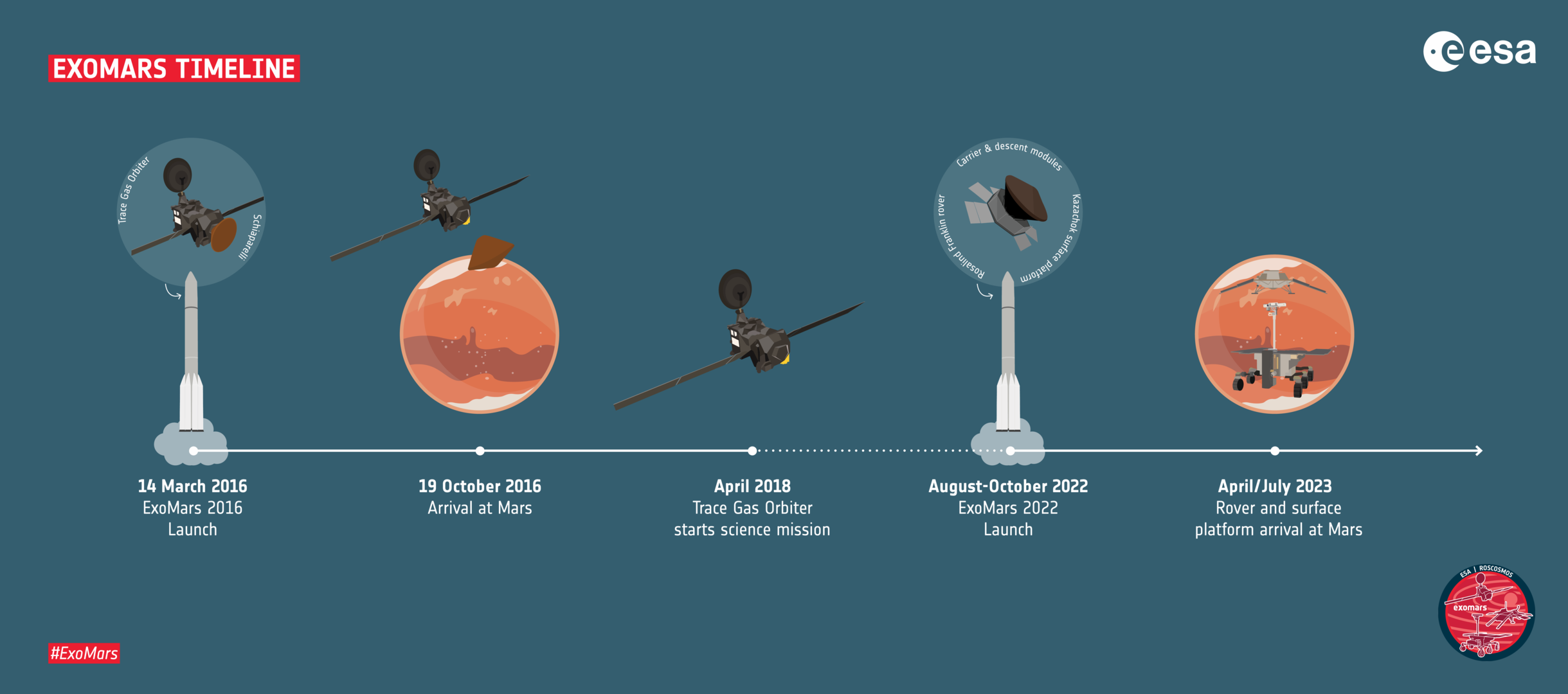The Mars 2020 mission, launched by NASA on July 30, 2020, has successfully landed the Perseverance rover on the surface of Mars. The rover's main objective is to search for signs of past microbial life and to collect samples of Martian rock and soil for future study.
One of the unique aspects of the Mars 2020 mission is its use of a new type of landing technology known as the "Sky Crane." This technology allows the rover to be lowered to the surface of Mars on a tether while being suspended from a rocket-powered descent stage. This method of landing is considered to be more precise and safer than previous methods, and allows the rover to be placed in locations that were previously inaccessible.
The Perseverance rover is also equipped with a number of advanced scientific instruments, including a SuperCam, which can study the composition of Martian rocks and soil from a distance using a laser, and a microphone, which will be used to record the sound of the Martian wind. The rover will also be used to test new technologies for future missions, such as a new method of producing oxygen from the Martian atmosphere and a system for extracting and purifying water from Martian soil.
In addition to its scientific goals, the Mars 2020 mission also includes a technology demonstration called the Mars Helicopter Ingenuity, which will test the feasibility of powered flight in the thin Martian atmosphere. If successful, this technology could be used in future missions to explore areas that are difficult to reach with rovers.
The successful landing of the Perseverance rover on Mars is a major milestone in the ongoing exploration of the planet, and the data and samples collected by the rover will help to further our understanding of the history of water and potential habitability on Mars. The mission will pave the way for future manned missions to the red planet and provide valuable information for the sustainability of human presence on mars.
The primary objective of the mission is to develop the technologies required for designing, planning, management and operations of an interplanetary mission. The secondary objective is to explore Mars' surface features, morphology, mineralogy and Martian atmosphere using indigenous scientific instruments.







